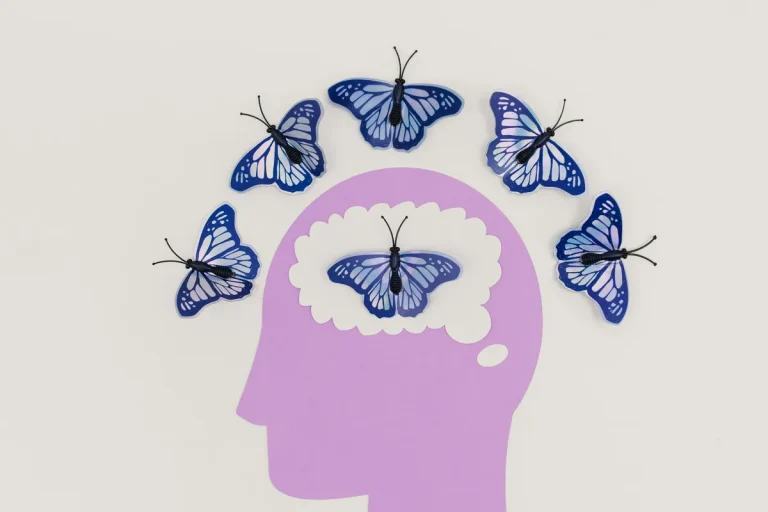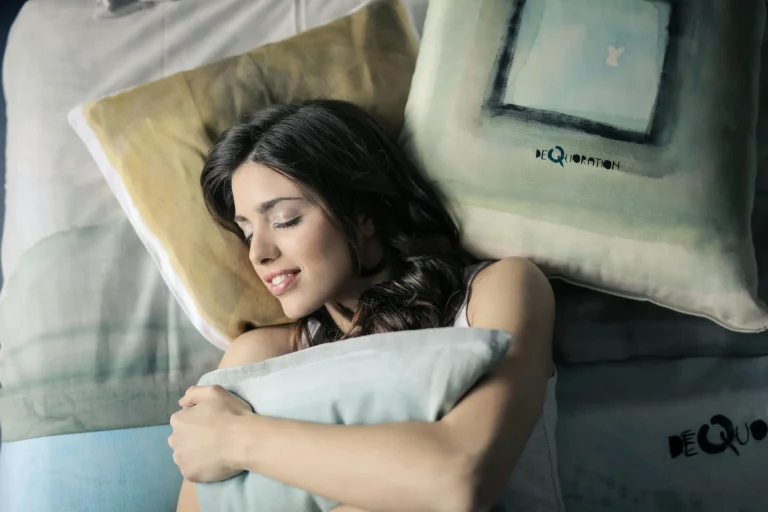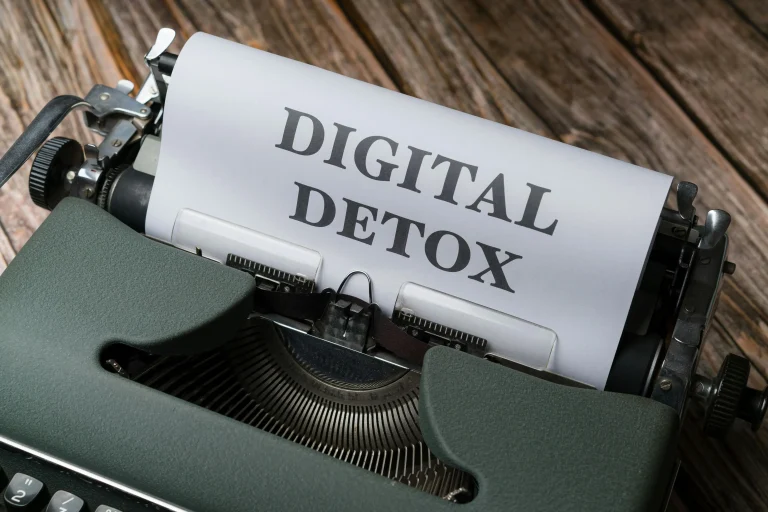Sleep is foundational to physical recovery, mental clarity, and emotional balance. Yet for many, quality sleep remains elusive. Enter smart mattresses and sleep trackers devices designed to monitor, analyse, and optimise your nightly rest. But can technology really improve sleep, or does it just offer more data?
This article breaks down how these tools work, what science says about their effectiveness, and how to use them wisely.
What Are Smart Mattresses and Sleep Trackers?
Smart sleep tech falls into two main categories: passive monitoring and active adjustment.
Smart mattresses often include:
- Sensors that track movement, heart rate, and breathing
- Temperature regulation features
- Adjustable firmness or elevation
- Sleep stage detection and smart alarms
Sleep trackers include:Your Weekly Wellness Boost
- Wearables (e.g., smartwatches, rings, fitness bands)
- Non-wearable devices (e.g., under-mattress sensors, bedside monitors)
- Mobile apps that use sound or motion detection
These tools aim to give users insights into sleep duration, quality, and patterns sometimes with personalised recommendations.
What the Research Says About Sleep Tech
Sleep trackers can provide useful data, but they’re not perfect. Studies show that while many devices accurately measure sleep duration and wake times, they often struggle to detect sleep stages with precision.
A 2022 review published in Nature and Science of Sleep found that consumer-grade trackers were reasonably accurate for total sleep time but less reliable for REM and deep sleep detection. Smart mattresses with temperature control and pressure adjustment may improve comfort, but their impact on sleep quality varies by individual.
Key findings:
- Sleep tracking can increase awareness and promote better habits
- Over-reliance on data may lead to “orthosomnia” anxiety about sleep performance
- Smart features like temperature regulation may help reduce night-time awakenings
- Accuracy improves when devices are paired with behavioural changes
In short: tech can support sleep, but it’s not a substitute for good sleep hygiene.
How to Use Sleep Tech Effectively
To get the most out of smart mattresses and trackers, use them as tools not solutions.
Tips for effective use:
- Track trends, not perfection: Look for patterns over time rather than obsessing over nightly scores
- Pair with lifestyle changes: Use insights to adjust bedtime, caffeine intake, or screen exposure
- Avoid late-night checking: Reviewing sleep data before bed can increase anxiety
- Use smart alarms wisely: Wake during light sleep stages to reduce grogginess
- Customise settings: Adjust temperature, firmness, or alerts based on personal comfort
If your device offers sleep coaching or tips, test them gradually and monitor how you feel not just what the data says.
Common Pitfalls and How to Avoid Them
Sleep tech can be helpful, but it’s easy to fall into traps that undermine its benefits.
Watch out for:
- Data obsession: Constantly checking scores can increase stress and disrupt sleep
- Ignoring body signals: Trust how you feel, not just what the tracker reports
- Overcomplicating bedtime: Keep your wind-down routine simple and consistent
- Using tech as a crutch: Sleep hygiene (light, noise, routine) still matters more than gadgets
- Neglecting mental health: Anxiety, stress, and lifestyle factors often impact sleep more than mattress settings
Balance is key. Use tech to support awareness not control your sleep experience.






